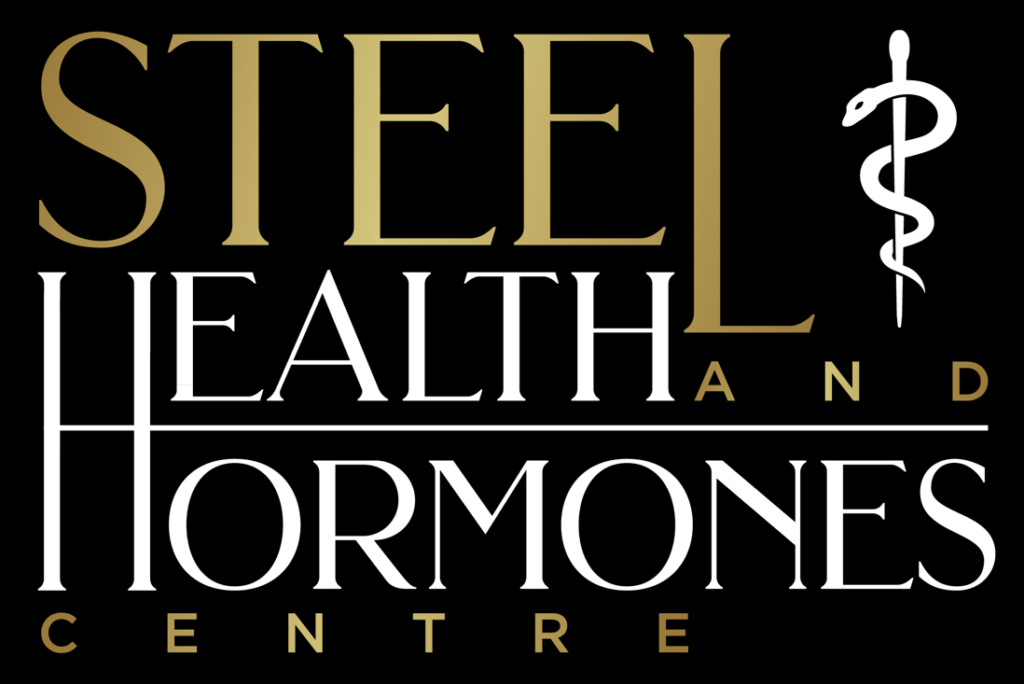When administering testosterone replacement therapy in men, our goal is to maximize benefits and minimize harm. I have previously written a blog post explaining why carefully monitored testosterone therapy may potentially reduce Coronary Artery Disease and Myocardial Infarction. However, as individuals with unique backgrounds and family histories, today I want to explore a medication that could be used prophylactically in men at high risk of kidney disease, heart disease, and myocardial infarction (MI) who would benefit from testosterone therapy.
As always, it’s crucial to note that I am not a medical doctor. My formal training is in mathematics, and I have been involved in the fitness space for 10 years. I am also the owner of Steel Health and Hormones Centre, an HRT clinic located east and north of Pittsburgh, Pennsylvania. While I believe I make a compelling case in my blog posts, this is not medical advice. It should not be used to diagnose or treat any medical conditions. Always consult your doctor for guidance. With that said, let’s delve into the topic at hand.
First, we need to understand cardiac remodeling. Cardiac remodeling occurs when the heart changes shape. This isn’t always detrimental; we observe cardiac remodeling in avid weight lifters and a different type in avid runners. I have not found anything indicating that the cardiac remodeling caused by exercise is harmful to the individual1. In fact, I remember studying the necessity of cardiac remodeling in combat athletes when training for a fight. However beneficial exercise induced cardiac remodeling may be, there are other types of cardiac remodeling that can be damaging.
Before discussing detrimental cardiac remodeling, let’s examine the renin-angiotensin- aldosterone system (RAAS). This hormone system regulates fluid and electrolyte balance, blood pressure, and vascular resistance. The RAAS exists to provide homeostasis in the body’s fluid retention and as a result, blood pressure. A basic understanding of this complex system is important for this blog post. The major substances in the RAAS are:
- Renin
- Angiotensin I
- Angiotensin Converting Enzyme (ACE)
- Angiotensin II
- Aldosterone
Here is how the RAAS system works in a healthy person: when blood pressure drops, the kidneys release renin, which splits a protein your liver makes called angiotensinogen into angiotensin I. ACE then acts on the inert angiotensin I to create the biologically active metabolite angiotensin II. Angiotensin II causes an increase in blood pressure by constricting arteriole walls and causing the adrenal glands to release aldosterone and vasopressin. Aldosterone and vasopressin cause the kidneys to retain sodium and excrete potassium in your urine. The increased sodium causes water retention, which also increases blood volume and blood pressure2. You may recognize some of the hormones and enzymes in the above explanation of the RAAS. We’ve all heard of the drugs ACE inhibitors and Angiotensin Receptor Blockers. They are blood pressure medications used to block different stages of the RAAS to reduce blood pressure. This is because the RAAS is one of the primary systems associated with detrimental cardiac remodeling. A dysfunctional RAAS system results in detrimental cardiac hypertrophy and fibrosis. Other effects include an increase in oxidative stress and direct cytotoxic effects leading to cellular death. In summary, a defective RAAS system damages the heart, and a damaged heart is more likely to malfunction and lead to an MI3. While having physiological levels of testosterone is beneficial for all organs, including the heart, there is some evidence to suggest that testosterone may interact with the RAAS system, particularly with angiotensin II, to have a detrimental effect on the heart4. Therefore, for individuals with a defective RAAS system, adding testosterone may be adding fuel to the fire. This is an area of ongoing research and the understanding may evolve with further research. However, for patients with a strong family history of heart disease, kidney disease, and MI, there is much to consider.
Since research suggests that adding testosterone to angiotensin II compounds the damaging effect of excessive angiotensin II on the heart, in theory, it may be beneficial for high-risk patients to block the effects of angiotensin II. This way, you can enjoy the benefits of optimized hormones while prophylactically addressing problematic interactions with angiotensin II. It’s important to remember that individual responses may vary, and any additional medication should be undertaken with the strict guidance and supervision of your doctor.
In conclusion, we are faced with an interesting situation. Suboptimal hormones are known to be deleterious to health outcomes, but there is evidence to suggest that testosterone may interact with angiotensin II in a detrimental way. For those with a strong family history of heart disease, kidney disease, and/or MI, a prophylactic ARB may be worth considering. Telmisartan is a highly tolerable ARB that precisely blocks what may interact detrimentally with testosterone in some individuals.
Remember, this is my conjecture, and I could be completely wrong. Always consult your provider before making any decisions based on what you read in a blog post.
References:



